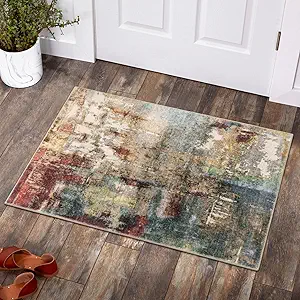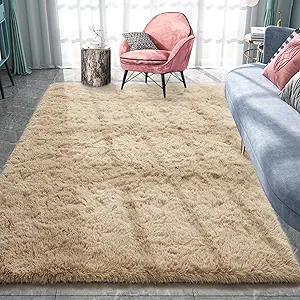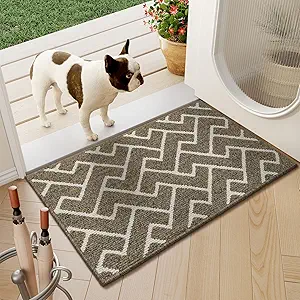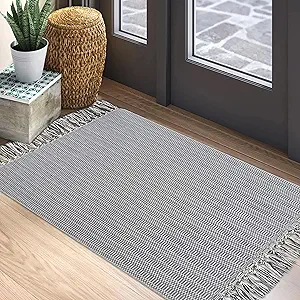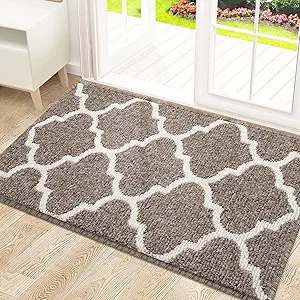The Ultimate Buying Guide for Throw Rugs: Types, Key Considerations, Features, Prices, Tips, and FAQs
Overview
Throw rugs are a versatile and stylish addition to any home. Whether you're looking to add a pop of color to your living room, create a cozy atmosphere in your bedroom, or protect your floors in high-traffic areas, there's a throw rug that's perfect for your needs. But with so many options available, it can be challenging to know where to start. In this buying guide, we'll explore the different types of throw rugs, key considerations to keep in mind when shopping, essential features to look for, typical prices, helpful tips, and frequently asked questions.
Types
- Area rugs: These large rugs are designed to cover a significant portion of a room's floor space. They come in a variety of sizes, shapes, and styles, making them a versatile choice for any home.
- Accent rugs: Smaller than area rugs, accent rugs are designed to add a pop of color or texture to a specific area of a room, such as a hallway, entryway, or under a coffee table.
- Runner rugs: Long and narrow, runner rugs are ideal for high-traffic areas like hallways, kitchens, and entryways.
- Outdoor rugs: Made from durable materials like polypropylene or natural fibers, outdoor rugs are designed to withstand the elements and provide a comfortable surface for outdoor living spaces.
Key Considerations
- Material: The material of a throw rug affects its durability, texture, and maintenance needs. Common materials include wool, cotton, synthetic fibers, and natural fibers like jute or sisal.
- Size: Consider the size of the room or area you want to cover when choosing a throw rug. A rug that's too small can look out of place, while a rug that's too large can overwhelm the space.
- Shape: Rectangular rugs are the most common, but round or oval rugs can add visual interest and complement curved furniture or architectural features.
- Pattern and color: The pattern and color of a throw rug can set the tone for the entire room. Consider the existing decor and choose a rug that complements or contrasts with the color scheme.
- Style: From traditional to modern, bohemian to minimalist, there's a throw rug style to suit every taste.
Features
- Non-slip backing: A non-slip backing can help keep a throw rug in place and prevent slips and falls.
- Stain resistance: Some rugs are treated with stain-resistant coatings or made from materials that are naturally resistant to stains.
- Low pile: Low-pile rugs are easier to clean and maintain, making them a good choice for high-traffic areas.
- High pile: High-pile rugs are plush and comfortable underfoot, making them a good choice for bedrooms or cozy living spaces.
Prices
Throw rug prices vary depending on the size, material, and brand. Entry-level rugs can cost as little as $20, while high-end designer rugs can cost thousands of dollars.
Tips
- Measure the space you want to cover before buying a rug to ensure the right fit.
- Consider the rug's maintenance needs before making a purchase.
- Layering rugs can add visual interest and texture to a room.
- Don't be afraid to mix and match patterns and colors for a bold look.
FAQs
Q: How do I clean a throw rug?
A: The best way to clean a throw rug depends on the material. Vacuuming is usually the first step, followed by spot cleaning or professional cleaning as needed.
Q: Can I use a throw rug outdoors?
A: Yes, outdoor rugs are designed to withstand the elements and provide a comfortable surface for outdoor living spaces.
Q: How often should I replace my throw rug?
A: The lifespan of a throw rug depends on the material, quality, and usage. Generally, a high-quality rug can last for several years with proper care.
Q: Can I use a rug pad under my throw rug?
A: Yes, a rug pad can help keep a throw rug in place and protect the floor underneath.
Q: How do I choose the right size rug for my room?
A: Measure the room and consider the furniture placement when choosing a rug size. A general rule of thumb is to leave at least 18 inches of space between the edge of the rug and the walls.



